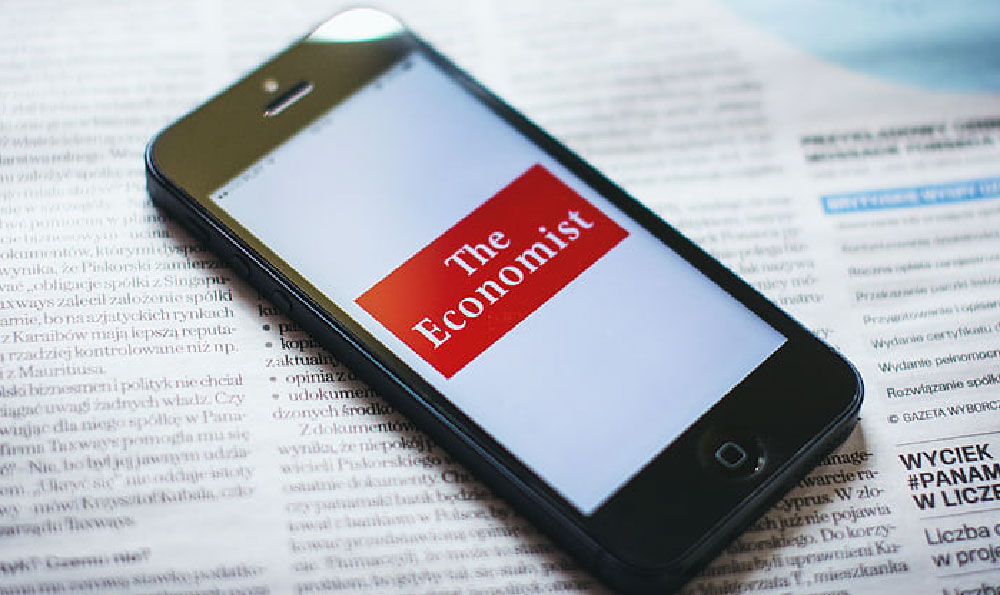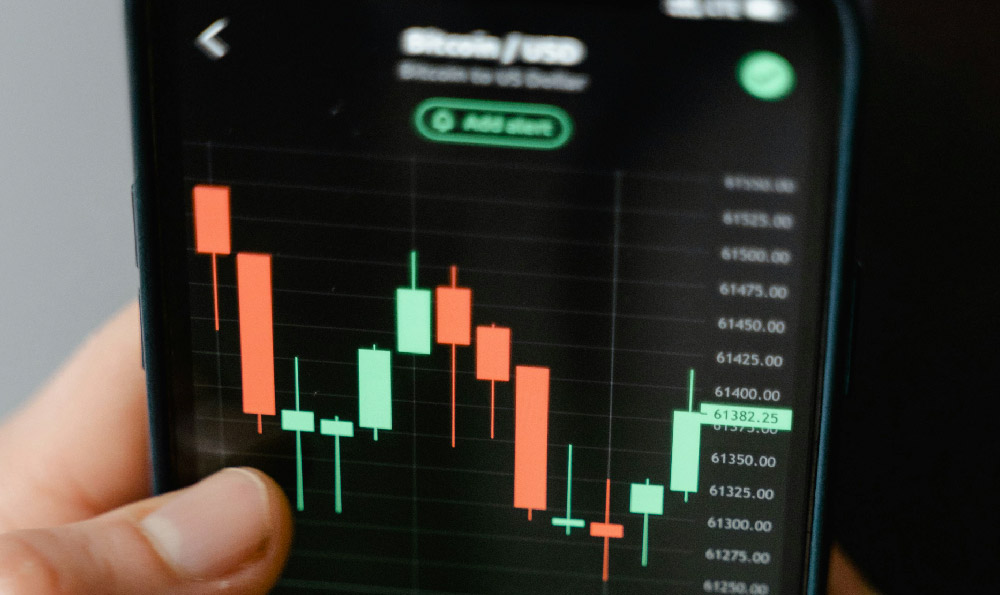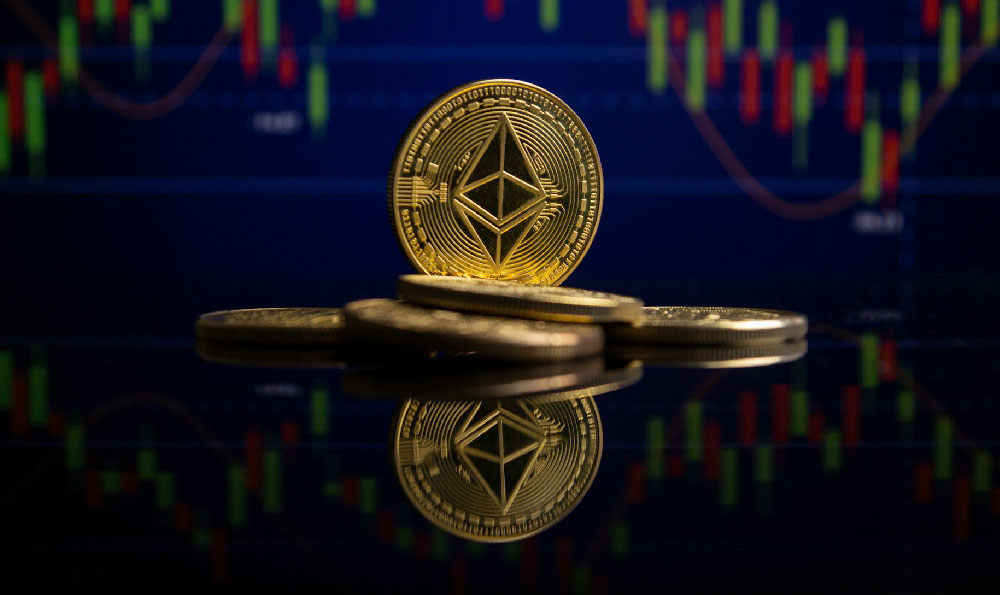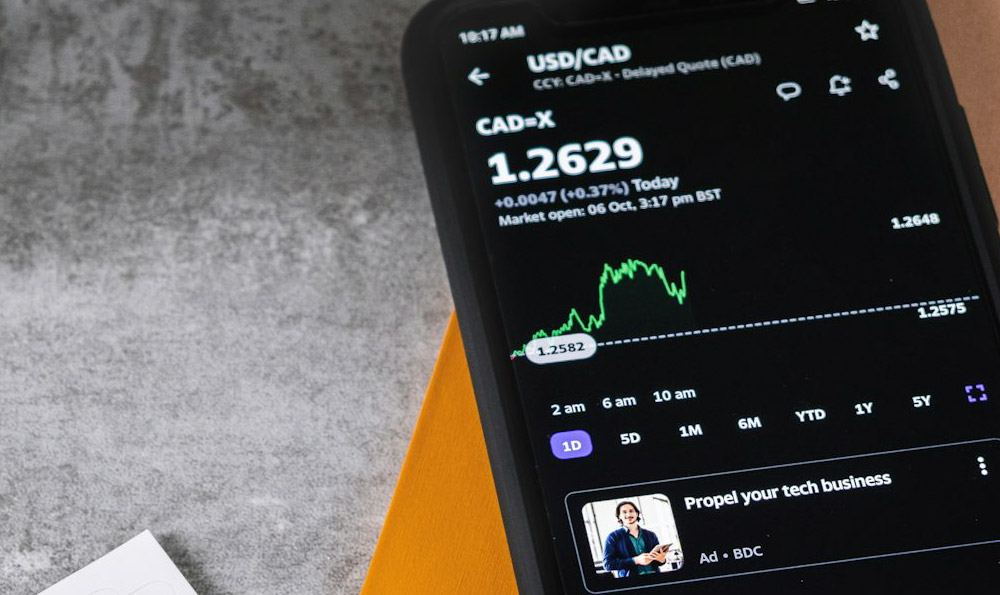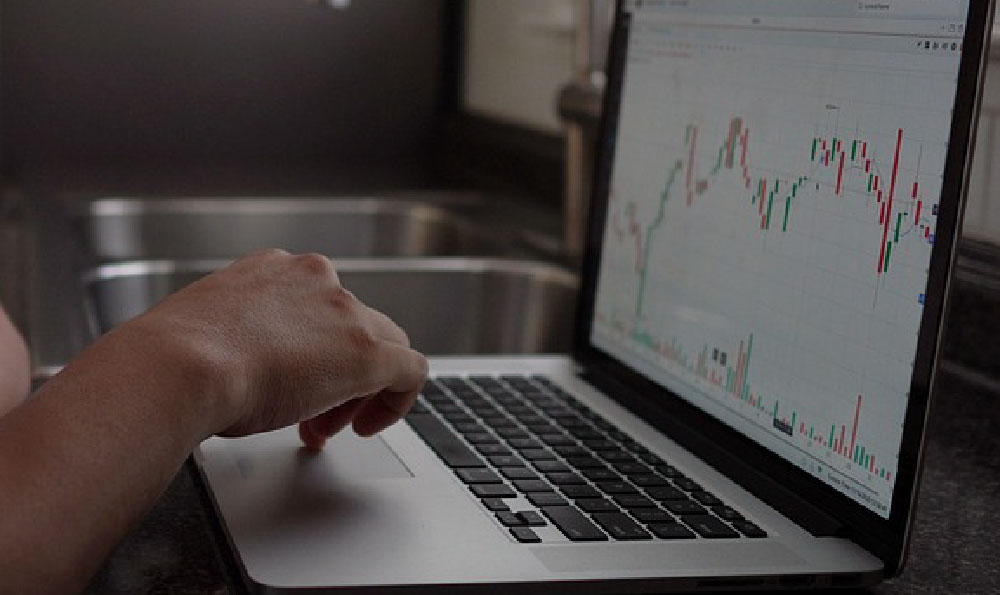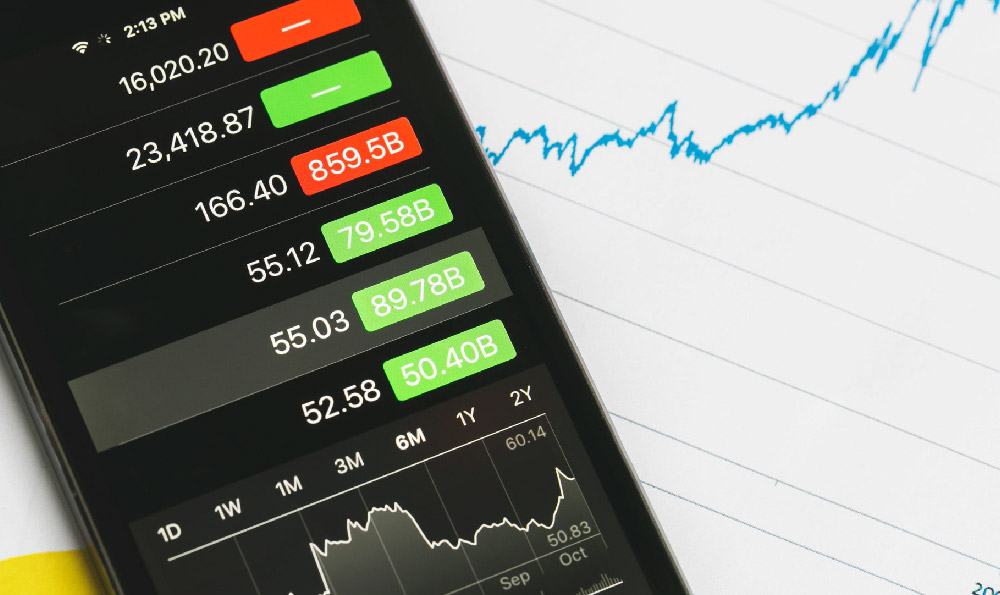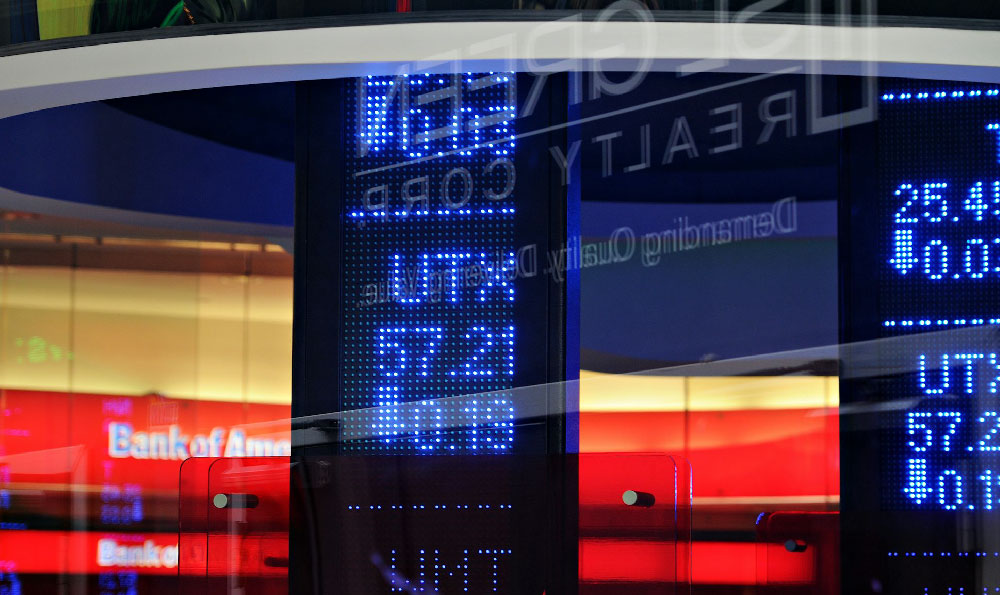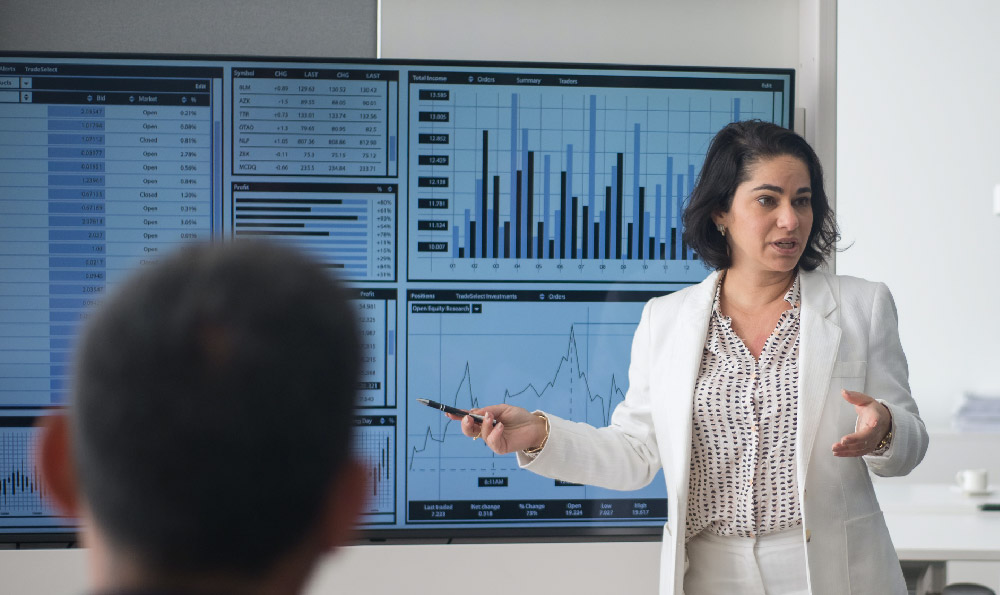Banksy, the enigmatic street artist whose identity remains a carefully guarded secret, has captivated the world with his poignant and often provocative art. While his pieces often critique capitalism and consumerism, a fascinating paradox exists: Banksy's art has become a highly sought-after commodity, generating substantial wealth. Understanding how Banksy profits, and whether we should be concerned about this seeming contradiction, requires delving into the complexities of the art market and the artist's unique position within it.
The most direct way Banksy profits is through the sale of his authorized works. Although he famously shredded "Girl with Balloon" at auction in 2018, arguably increasing its value exponentially, Banksy does participate in the art market, albeit selectively. His authenticated pieces, often sold through his authentication board, Pest Control, command high prices. This process provides Banksy with a degree of control over the market and ensures that he receives a portion of the profits from original works. These profits are then, presumably, funneled back into his artistic endeavors and possibly charitable causes, aligning with his often-stated anti-establishment stance.
However, the majority of the Banksy-related commerce revolves around the secondary market. Individuals who were gifted or purchased original works years ago, when they were considerably less valuable, now find themselves in possession of highly prized assets. Auction houses like Sotheby's and Christie's regularly feature Banksy's work, drawing significant attention and bids. While Banksy doesn't directly profit from these sales, they contribute to his overall fame and the mystique surrounding his persona, which indirectly benefits his future projects and collaborations. The rising market value also encourages further authentication requests via Pest Control, potentially leading to more authenticated works entering the market, from which he does profit.
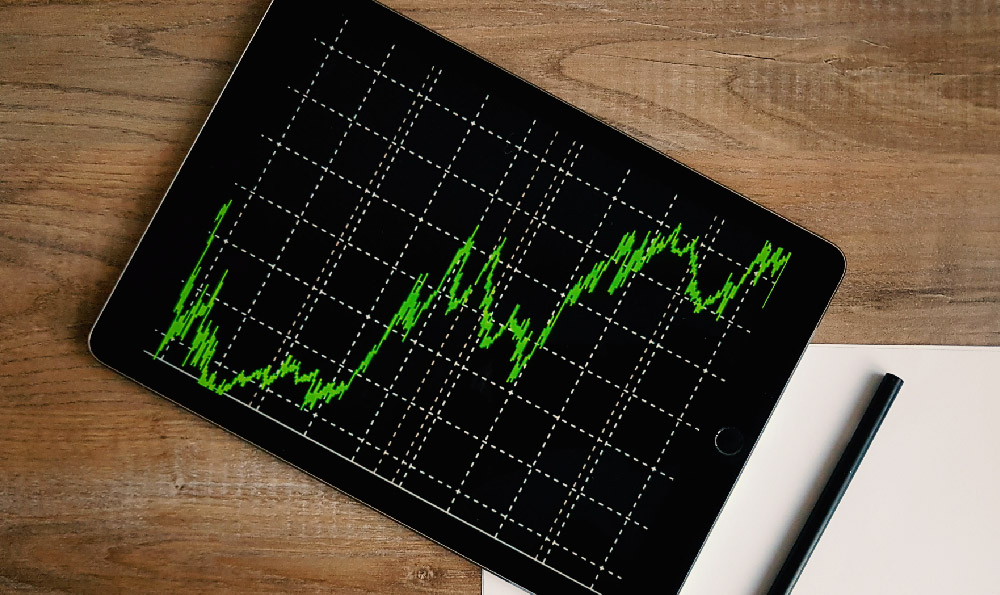
Furthermore, unauthorized reproductions, prints, and merchandise contribute to the Banksy economy. While Banksy has taken legal action against those attempting to trademark his images for commercial purposes, the widespread availability of unofficial Banksy-themed items highlights the demand for his art and the inherent challenge of controlling its use in a digital age. These knockoffs, while not directly benefiting Banksy, further solidify his iconic status and fuel the public's fascination with his work. The very act of trying to suppress these reproductions can also inadvertently increase their perceived value and desirability.
The question of whether we should care about Banksy profiting from a system he often criticizes is a complex one. Some argue that it's hypocritical for an artist who rails against capitalism to participate in the very system he denounces. They see it as a betrayal of his artistic principles and a further illustration of the commodification of art. This perspective often ignores the practical realities of being an artist. Creating large-scale installations, executing intricate murals, and maintaining anonymity all require financial resources. Profiting from his art allows Banksy to continue producing work and to support his various social and political projects.
Another perspective suggests that Banksy's participation in the art market is a form of subversion. By infiltrating the high-end art world, he can expose its absurdities and inequalities from within. His deliberate acts of disruption, like the shredding incident, serve as potent commentary on the speculative nature of the art market and the often-arbitrary value placed on objects. Moreover, his charitable endeavors and support for various causes demonstrate a commitment to using his wealth for social good.
It's also important to consider the role of intermediaries. Auction houses, art dealers, and even landlords who own buildings featuring Banksy murals all benefit financially from his work. These entities often capitalize on the Banksy brand without necessarily sharing his artistic or political convictions. In this context, Banksy's own profit-making activities can be seen as a way to reclaim some of the value created by his art and redirect it towards more meaningful purposes.
Ultimately, the question of whether Banksy's profit is justifiable is a matter of individual interpretation. There’s no easy answer. One could argue that artists are entitled to earn a living from their work, even if that work critiques the prevailing economic system. Art has always been intertwined with commerce, and Banksy's case is simply a more extreme example of this long-standing relationship.
The more crucial point is that Banksy's work prompts us to question the very nature of value, authenticity, and the role of art in society. His art is a catalyst for dialogue about capitalism, consumerism, and the power of protest. The fact that his work is simultaneously critical and commercially successful only adds to the complexity and intrigue of his artistic project. So, while the specific details of how Banksy profits are important to understand, the bigger picture remains the impact and the message his art conveys. Perhaps, focusing less on the dollar signs and more on the deeper meaning behind the art is what matters most. He’s made us question the status quo in so many ways, that arguing about the ethics of his income undermines the art itself.



